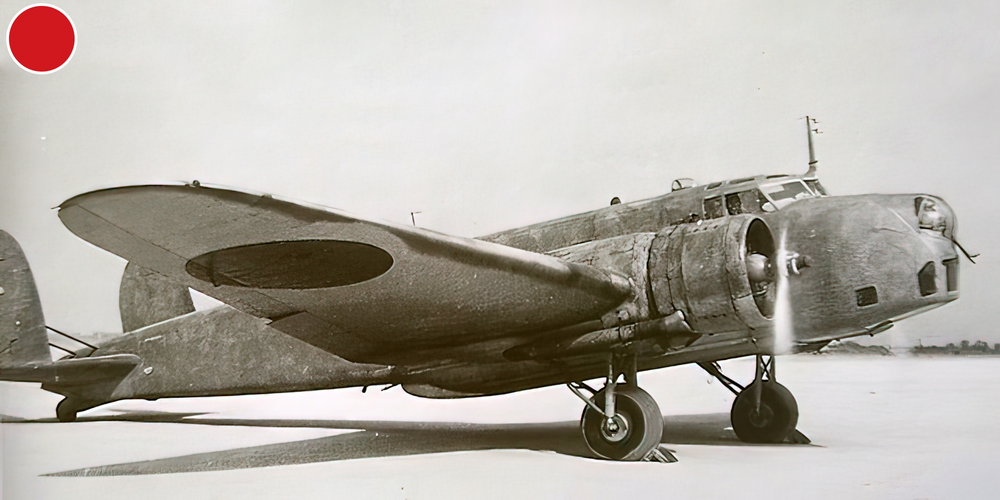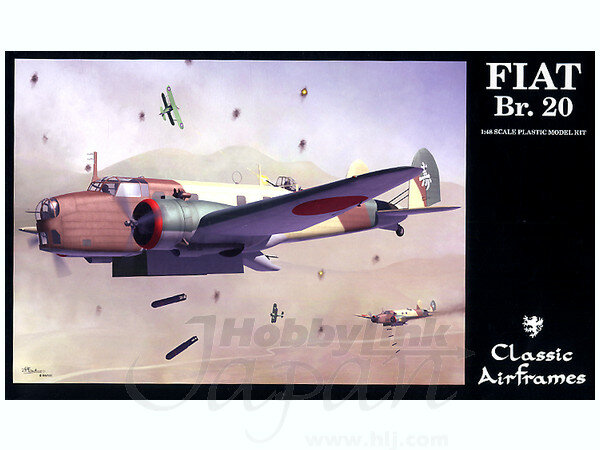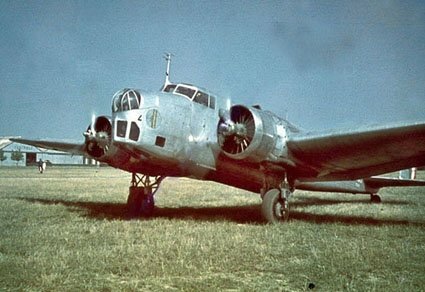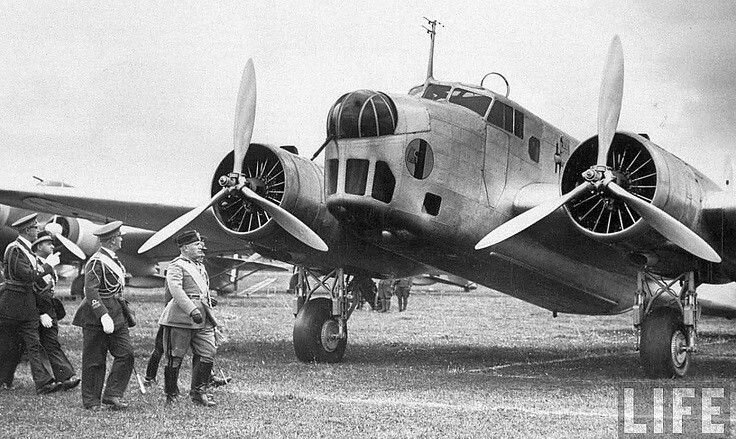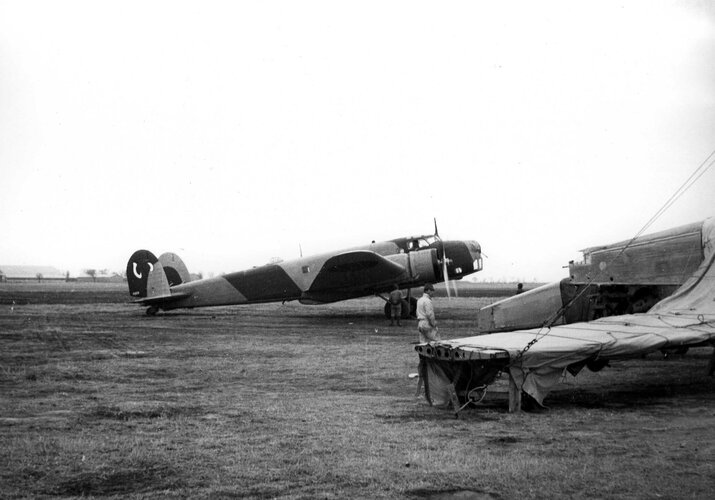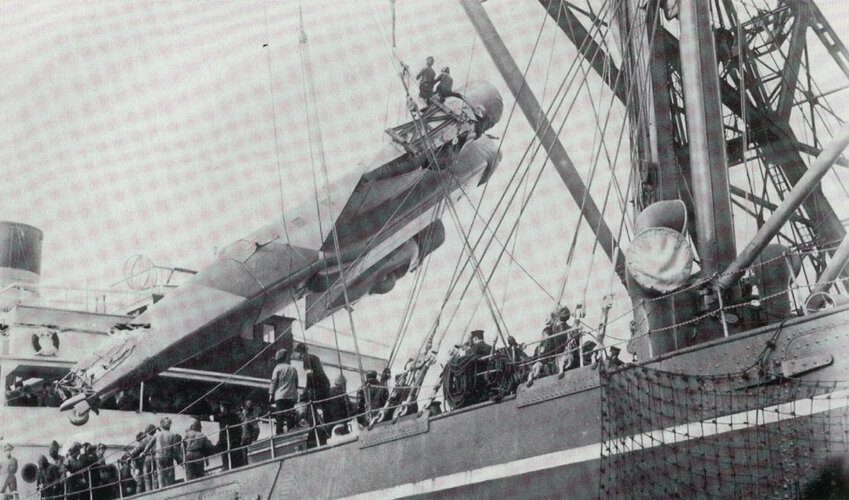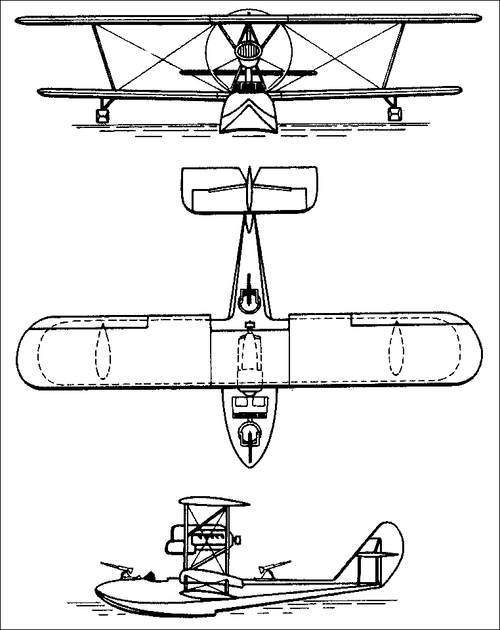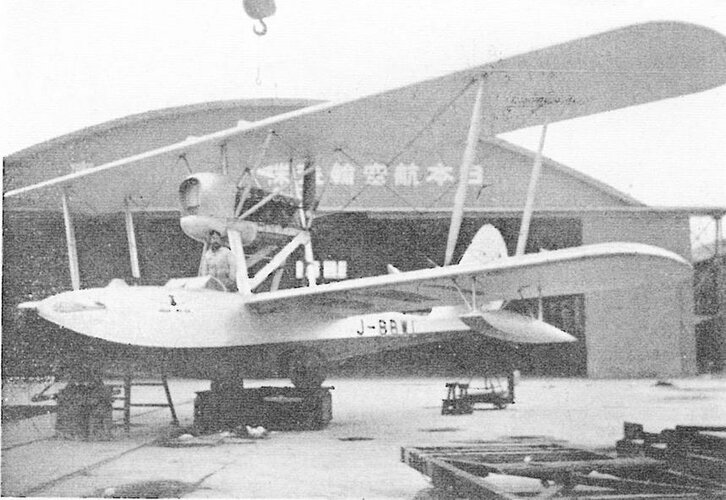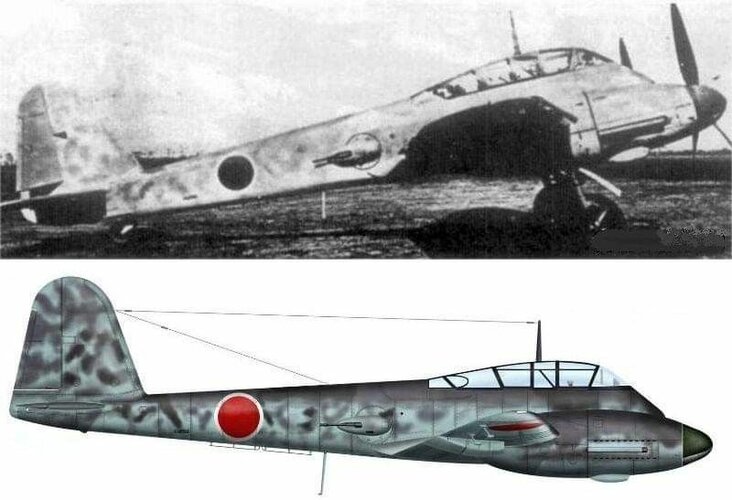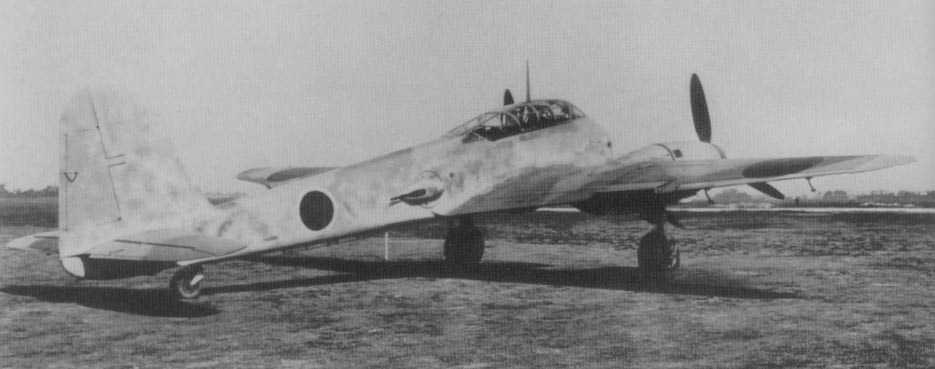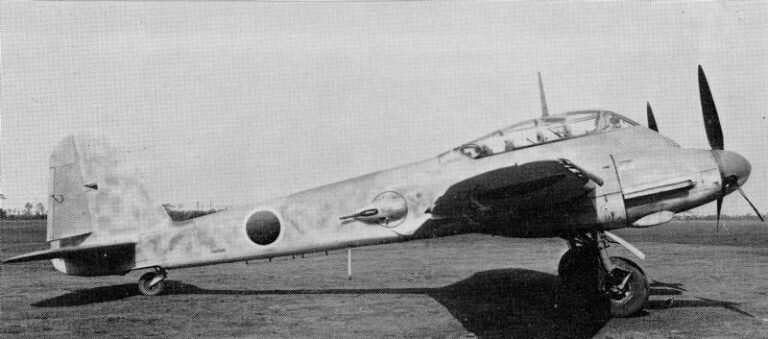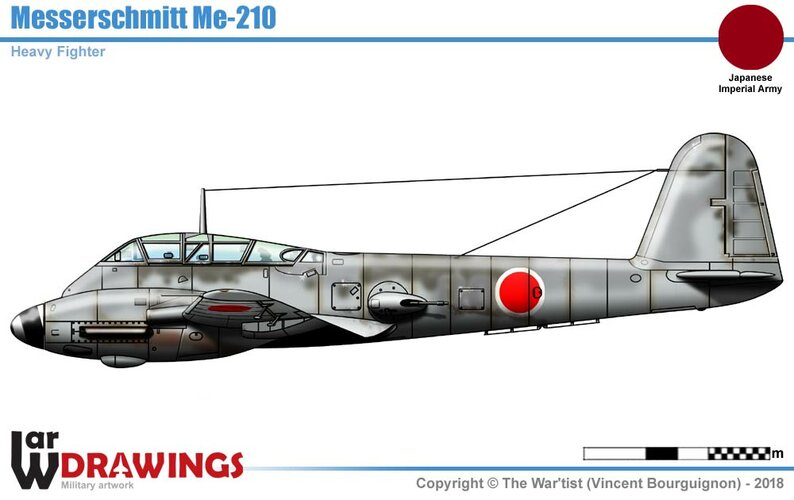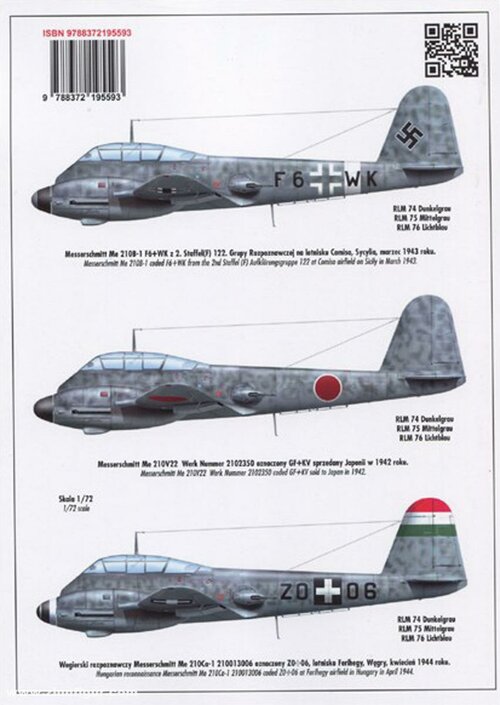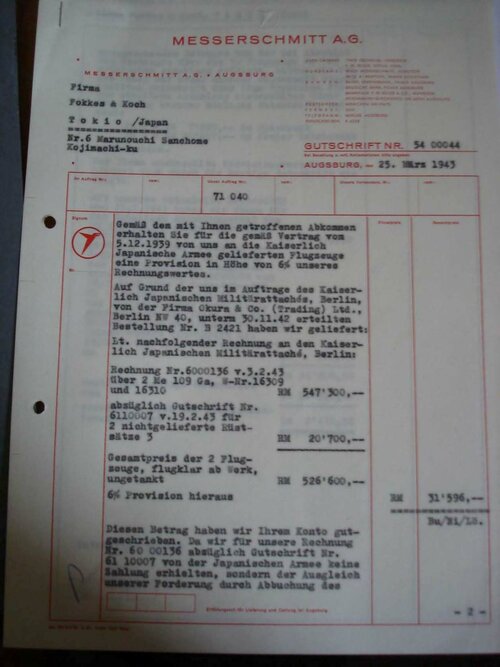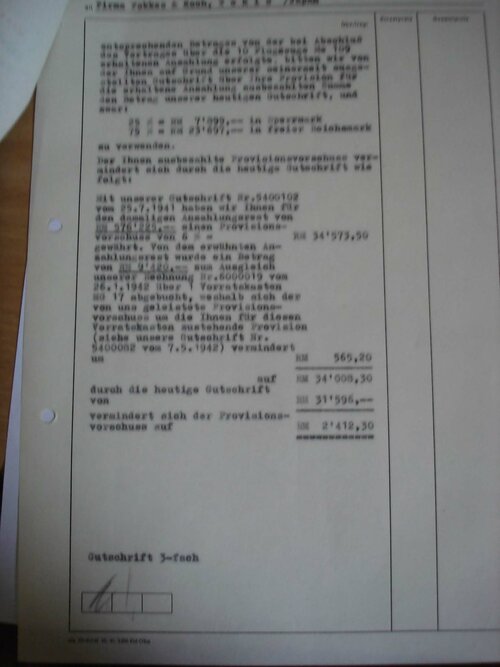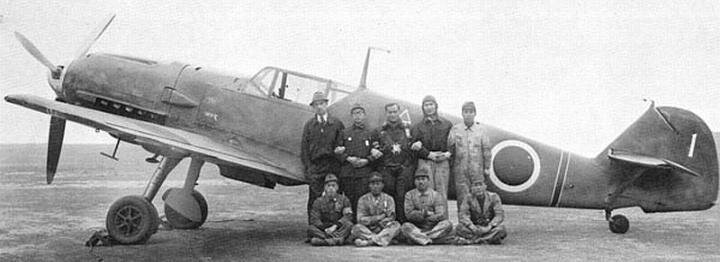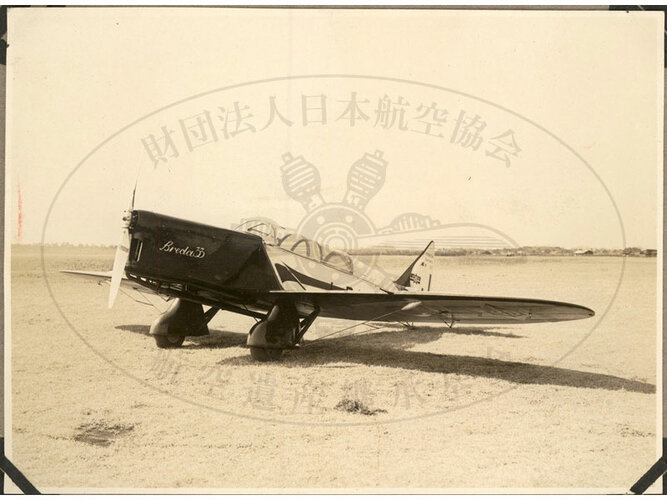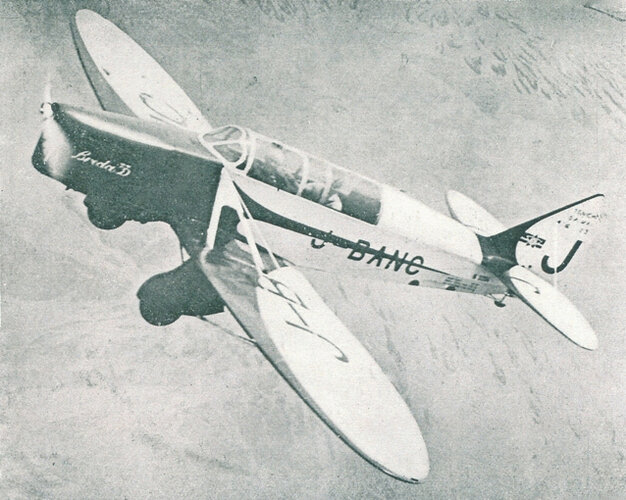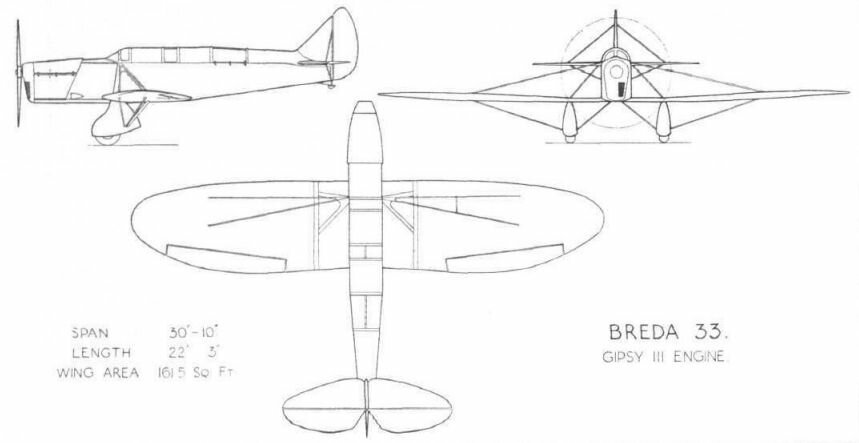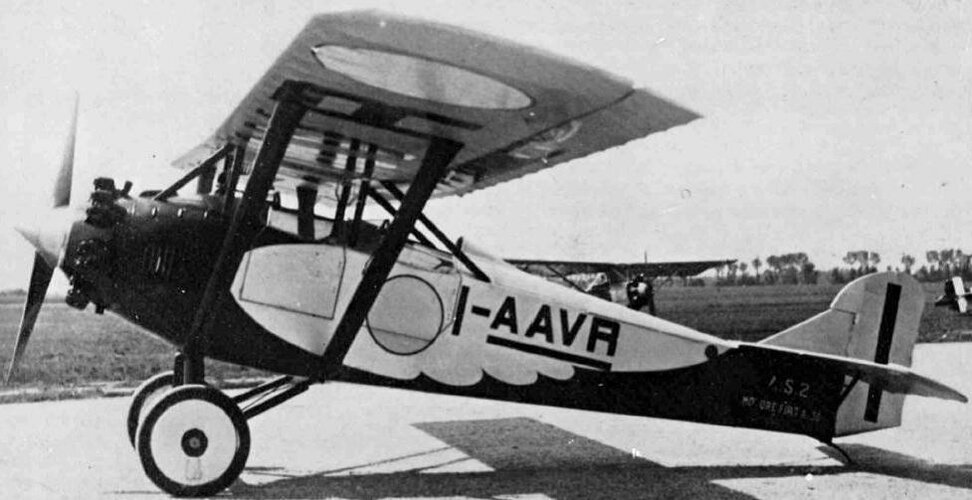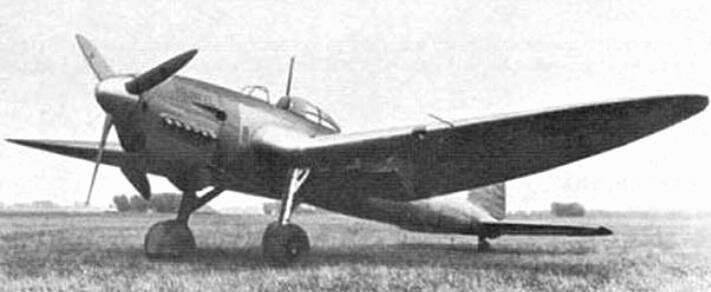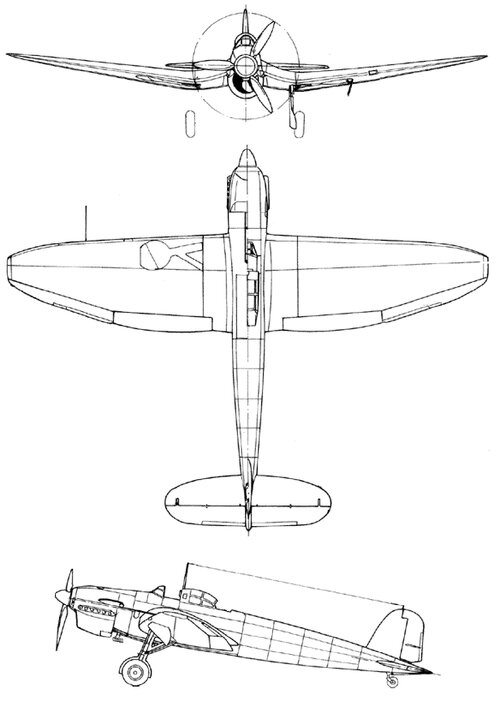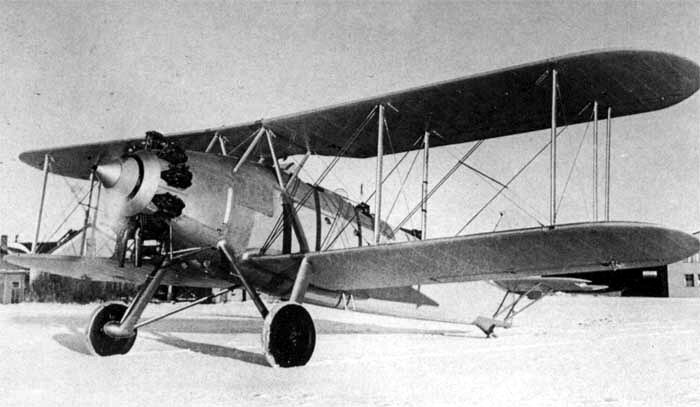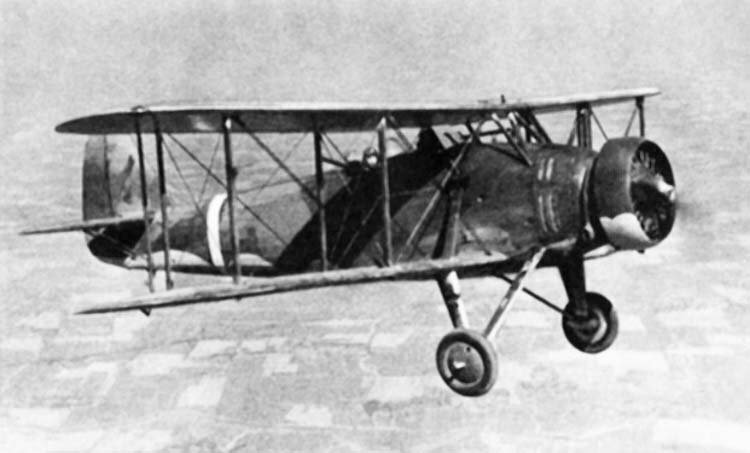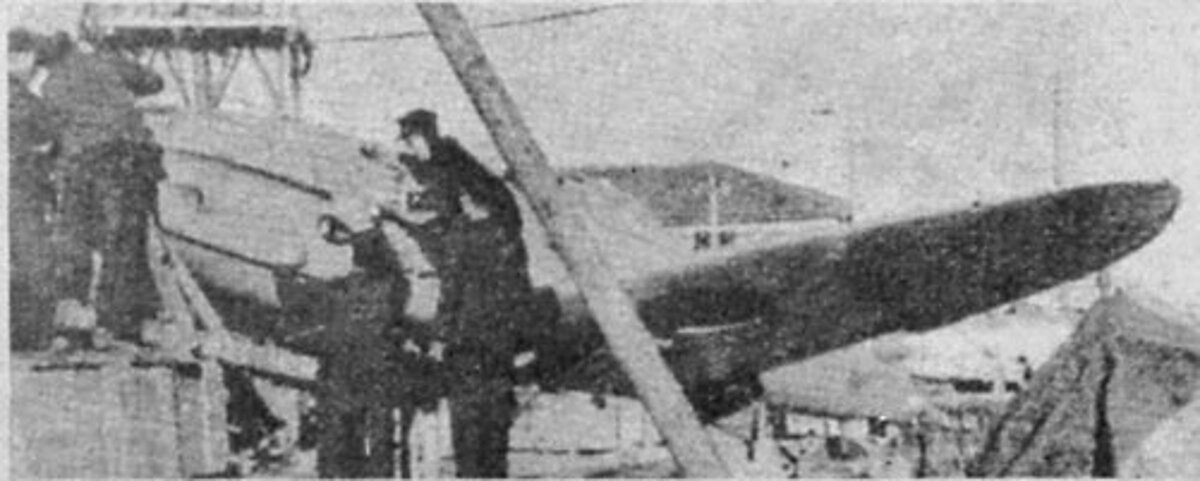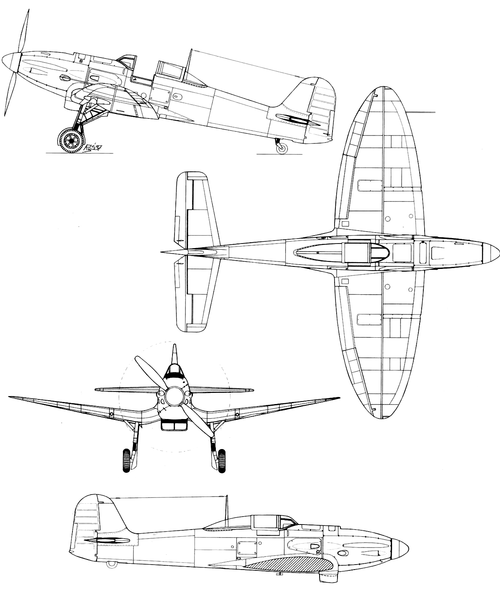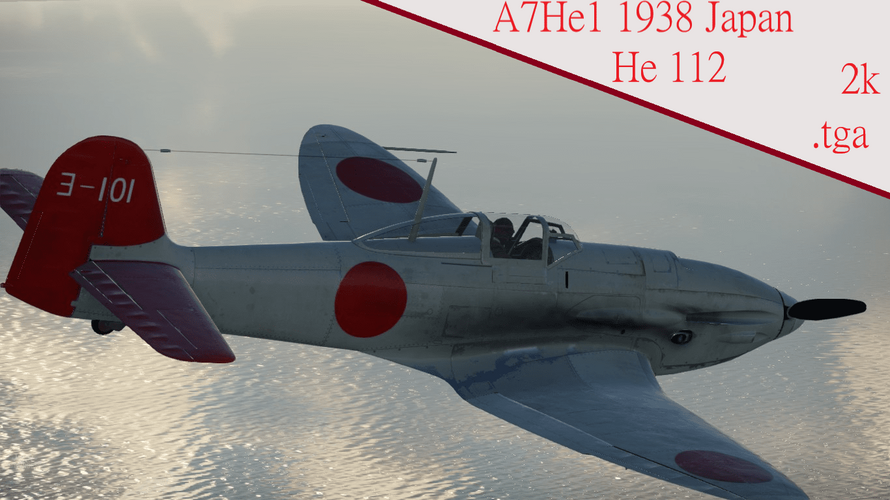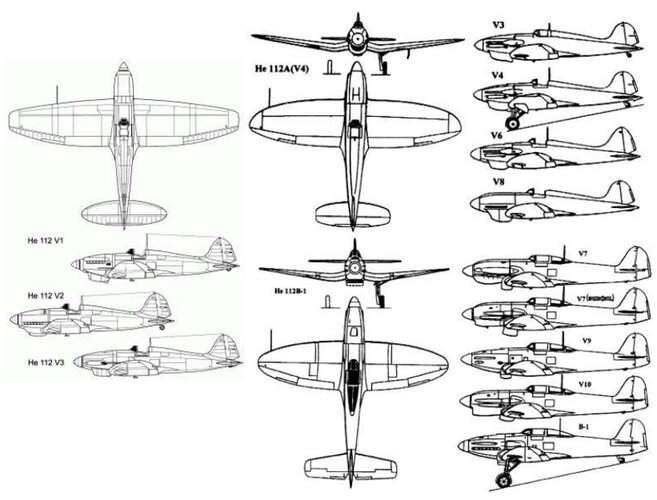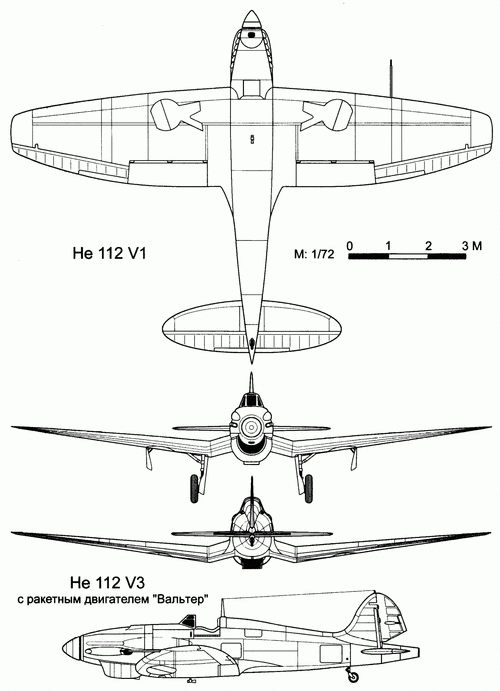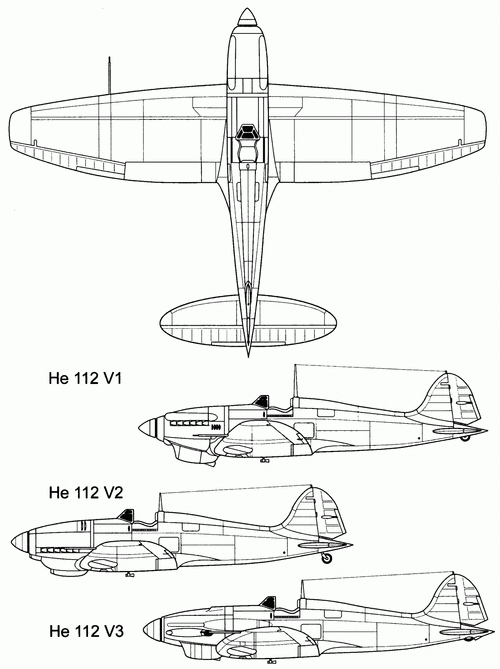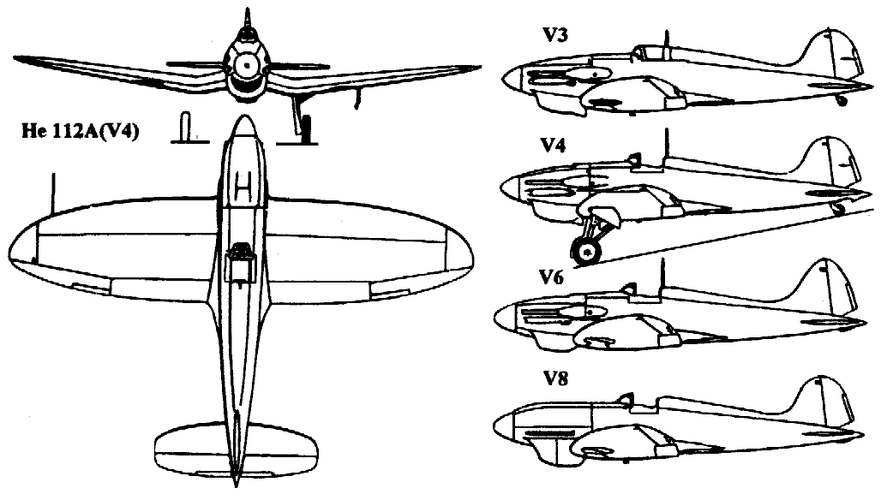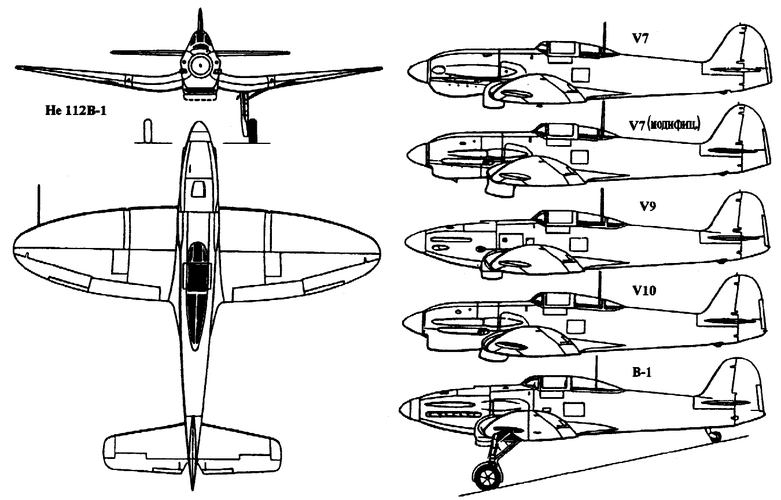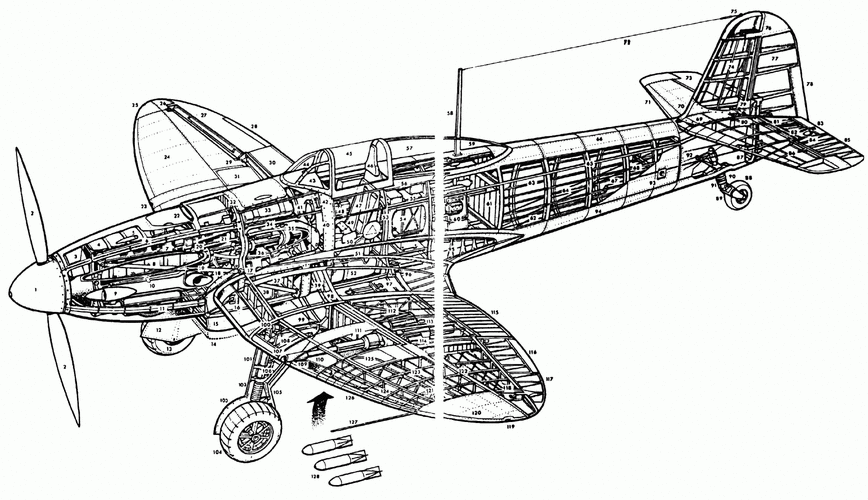According to an article published in Aviation Fan (magazine), Army Major Yasuhiko Kuroe, who was a member (test pilot) of the Flight Experiment Department of the Army Aviation Review Department at the time, was involved in testing the Fw 190 A-5 imported by the Japan Army at Tama Army Air Field (Fussa Air Base, now Yokota Air Base). According to the opinion, the Fw 190's turning performance was not great, but it was fast and stable, and its start (acceleration) and plunge (initial acceleration on descent) were unmatched. When he actually conducted a simulated air battle with the Type 3 fighter "Hien" and the Type 4 fighter "Hayate", fw190 could not compete these Japanese fighters in the turning battle because of the situation where vibration occurs immediately when trying to make a sharp turn and causes a high-speed stall. Kuroe also noted that the machine was easy to service and there were almost no oil leaks or breakdowns.
Just before the end of the war (August 1945), a speed competition was held at an altitude of 6,000 m using five aircraft: Fw 190 A-5, Bf 109 E-7, P-51C, P-40 (both captured), and Type 4 "Hayate". Kuroe's Fw 190 and Bf 109 took the lead at the start of the race, but a minute later the P-51 closed in and overtook them three minutes later. Kuroe concluded that the Fw 190 was not suitable for the P-51 in terms of horizontal top speed, but its starting speed was second to none. This speed competition is also mentioned in Oshio & Nohara (2002), again with the Fw 190 leading at first, but being overtaken by the P-51 after 3 minutes.
Incidentally, the final ranking was P-51C in first place, Fw 190 A-5 and Type 4 "Hayate" in the same order, followed by Type 3 "Hiyan" and P-40 in the same order. The Fw 190 A-5 had a maximum speed of 670 km/h according to the catalog specifications, but according to another document by Kuroe, at least this individual had a speed of a little more than 600 km/h, which was inferior to the Type 4 "Hayate" with a maximum speed of 624 km/h. However, since his dashing power was greatly superior, it was difficult to catch up with him in the Type 4 battle "Hayatee". However, with the P-51C, which was capable of 700 km/h, it was impossible to hunt down the Fw 190 A-5, and Kuroe said that he saw the cause of Germany's defeat here.
In October 1943, a test flight was carried out by Lieutenant Colonel Yoshitsugu Aramaki and Major Susumu Jimbo, members of the Flight Experiment Department of the Army Aviation Examination Department. It is said that the Fw 190 was a lighter fighter than the hydraulic Japan aircraft with electric control, and the dive speed was inferior to the Bf 109 and the Type 3 fighter "Hien" due to its shape characteristics, but it was possible to get a glimpse of German industrial standards. In another document, Lieutenant Colonel Aramaki mentioned the straightness during takeoff and the good climbing and acceleration power, and said that the flight performance was similar to that of the Type 4 "Hayate" and the Type 5, and that it was somewhere in between, and evaluated the reliability of the electric drive unit.
Of the foreign aircraft tested, Lieutenant Colonel Aramaki rated three of the foreign aircraft tested, the Bf 109 E-7, the Fw 190 A-5, and the P-51C, as the best, of which the Fw 190 was the best. In his post-war memoirs, Lieutenant Colonel Aramaki praised the good visibility (mentioned above), praised the climbing power and maneuverability, and said that it would be superior to the Type 4 "Hayate" in hand-to-hand combat. Brigadier Toshiro Takezawa also praised the electric power of the mechanisms, stating that both the Fw 190 and the Type 3 "Hien" were superior to the Bf 109, but that the Fw 190 was better because of the reliability of the engine, but the P-51 was faster and even better. The engine armament and aerodynamic treatment scheme of the Fw 190 A-5 were later used as a reference during the development of the Type 5 fighter .
日本に輸入されたFw 190 A-5とは?ウィキペディア小見出し辞書。 出典: フリー百科事典『ウィキペディア(Wikipedia)』 (2022/05/15 01:32 UTC 版)「フォッケウルフ Fw190」の記事における「日本に輸入されたFw 190 A-5」の解...

www.weblio.jp

